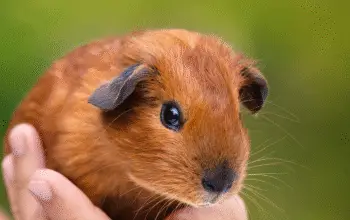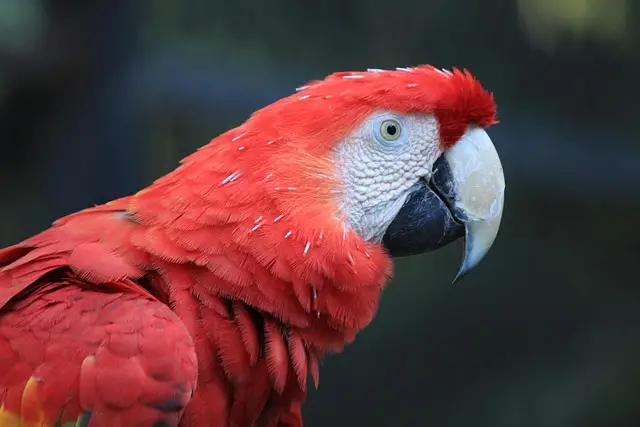Cat whiskers are one of the most distinctive and fascinating features of our feline friends. They may look like simple hairs, but whiskers also known as vibrissae are highly sensitive tools that help cats navigate the world. These special hairs are deeply embedded in a cat’s body and packed with nerve endings, allowing them to detect even the slightest changes in their environment. While many people think of whiskers as just a cute facial feature, there’s a lot more going on beneath the surface.
Here are 10 surprising facts about cat whiskers that you probably didn’t know but definitely should.
1. Whiskers Are Not Just on the Face

When most people think of whiskers, they picture the long, stiff hairs on either side of a cat’s nose. But whiskers actually grow in several places on a cat’s body. You’ll find them above the eyes, on the chin, near the ears, and even on the backs of their front legs. These extra whiskers, especially the ones on the front legs (called carpal whiskers), help cats detect movement while hunting or exploring tight spaces. Each set of whiskers serves a unique purpose in helping the cat understand its surroundings.
2. Whiskers Are as Wide as the Cat’s Body

Have you ever noticed a cat poking its head into a narrow opening and then pulling back without going in? That’s because cats use their whiskers to measure whether a space is wide enough for the rest of their body to fit through. The whiskers on the muzzle are roughly as wide as the cat’s body—a built-in ruler of sorts. If the whiskers touch the sides of an opening, the cat knows it might get stuck and often avoids entering. This helps them move safely through their environment without getting trapped.
3. Whiskers Are Extremely Sensitive

Each whisker is connected to a nerve-rich follicle that transmits detailed sensory information to the brain. These specialized hairs can detect changes in air currents, vibrations, and even the slightest touch. Whiskers help cats “see” in the dark by picking up signals about the shape, size, and movement of nearby objects. This sensitivity is so intense that even touching or moving a whisker the wrong way can cause discomfort. That’s why you should never cut or play with a cat’s whiskers—they are vital sensory tools.
4. They Can Show a Cat’s Mood

Whiskers aren’t just for sensing the world—they also communicate a cat’s emotions. When a cat is calm or content, its whiskers stick out to the sides in a relaxed position. If the cat becomes alert or excited, the whiskers push forward, especially when hunting or playing. When a cat is scared, angry, or defensive, the whiskers pull back against the face. Watching the position of a cat’s whiskers can give you valuable clues about how it’s feeling in the moment.
5. Cats Can Suffer from Whisker Fatigue

Yes, whisker fatigue is a real condition. Because whiskers are so sensitive, too much stimulation—like constantly brushing against food bowls or objects—can overwhelm a cat’s senses. This is known as whisker fatigue, and it can make a cat avoid eating, become irritable, or act unusually nervous. If you suspect whisker fatigue, try switching to a wide, shallow food dish that doesn’t press against the whiskers. Many pet stores now offer whisker-friendly bowls to help solve this problem.
6. Whiskers Help Cats Hunt with Precision

Cats are natural hunters, and their whiskers play a major role in helping them capture prey. When a cat catches a mouse or insect, it often uses its front leg whiskers and facial whiskers to detect if the prey is still moving. These whiskers can sense tiny movements and help the cat decide where to deliver a final bite. This is especially useful when hunting in low light or total darkness, where vision may not be enough.
7. Whiskers Fall Out and Grow Back

Like other hairs on the body, whiskers go through natural growth cycles. It’s perfectly normal for a cat to lose a whisker occasionally. You may even find a loose whisker on the floor. Don’t worry—new whiskers will grow in their place. However, if you notice that your cat is losing many whiskers at once, or if the whiskers appear broken or damaged, it could be a sign of stress, illness, or an underlying skin condition. A visit to the vet is recommended in such cases.
8. They Help with Balance and Orientation

While whiskers don’t control a cat’s balance directly, they play an important role in helping cats stay oriented in space. By constantly collecting information about their surroundings, whiskers help cats judge distances, detect obstacles, and move with confidence—especially in the dark. Along with their highly developed inner ear (which handles balance), whiskers contribute to a cat’s remarkable ability to leap, twist, and land on their feet with incredible accuracy.
9. Whiskers Can Change with Age and Health

As cats grow older, their whiskers may become thicker, longer, or even change color, just like human hair. A gray or white whisker showing up on an older cat is perfectly normal. In some cases, changes in whiskers can be related to health. For example, a cat with nutritional deficiencies or skin allergies might develop weak or brittle whiskers. Paying attention to the condition of your cat’s whiskers can give you clues about their overall health.
10. Every Cat Has a Unique Whisker Pattern

Just like human fingerprints, every cat has a unique pattern of whiskers—both in position and shape. These patterns can even be used for identification. Some researchers have looked into using whisker patterns as a non-invasive way to identify and track cats in the wild or in shelters. While it’s not a common practice yet, it shows just how unique each cat’s set of whiskers really is. Even if you have multiple cats of the same breed or color, their whisker patterns will never be exactly the same.
Cat whiskers are far more than just adorable facial features—they are complex, finely tuned tools that help cats experience and understand the world in ways we can hardly imagine. These specialized hairs play a key role in a cat’s sense of touch, movement, communication, and overall well-being. Knowing more about how whiskers work can help you better care for your feline friend and appreciate just how amazing nature’s designs can be.
By respecting their whiskers and paying attention to changes in them, you can ensure your cat stays healthy, happy, and fully aware of their surroundings.



